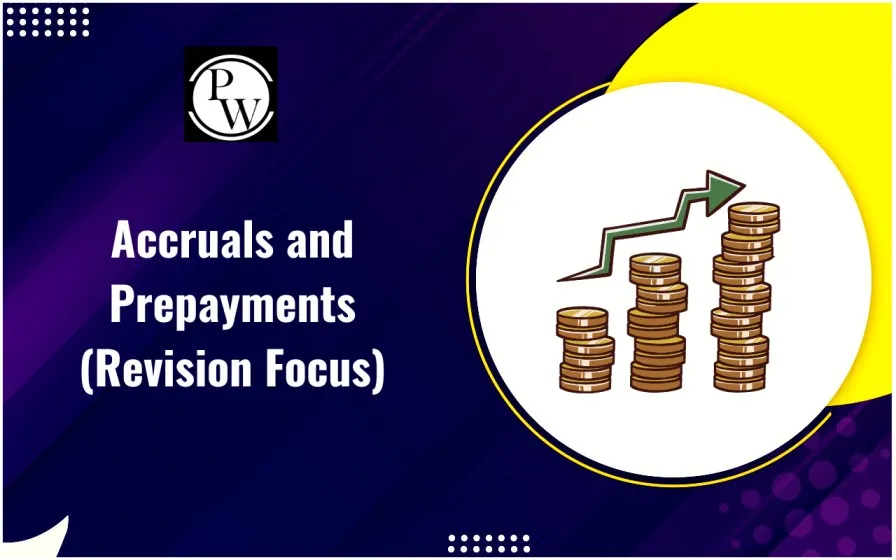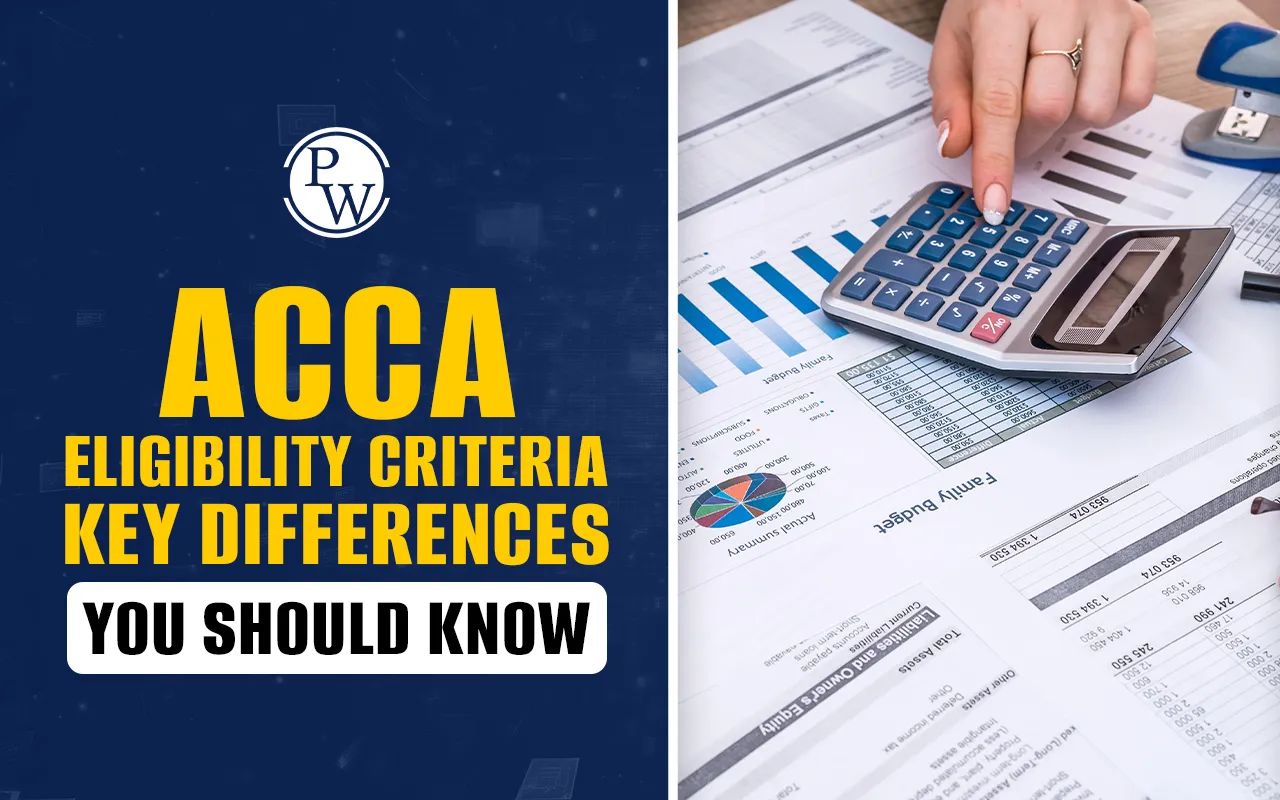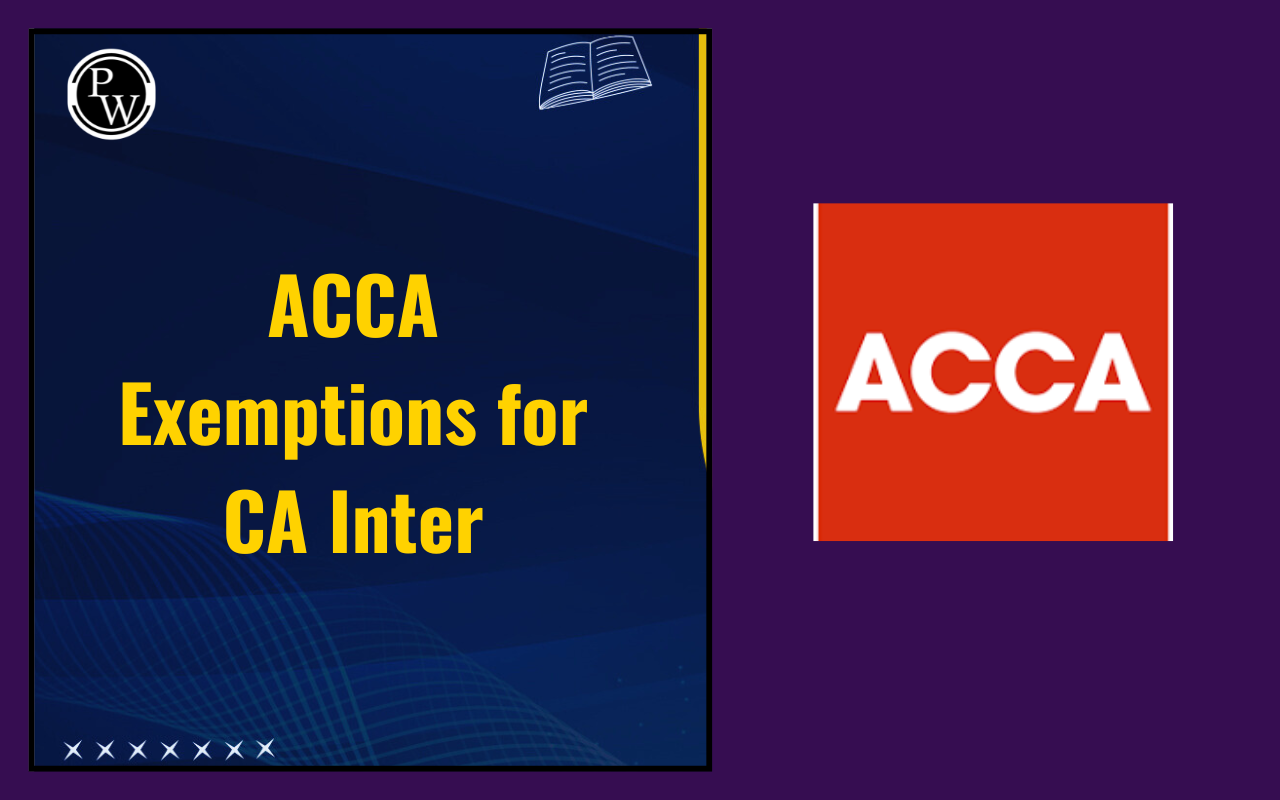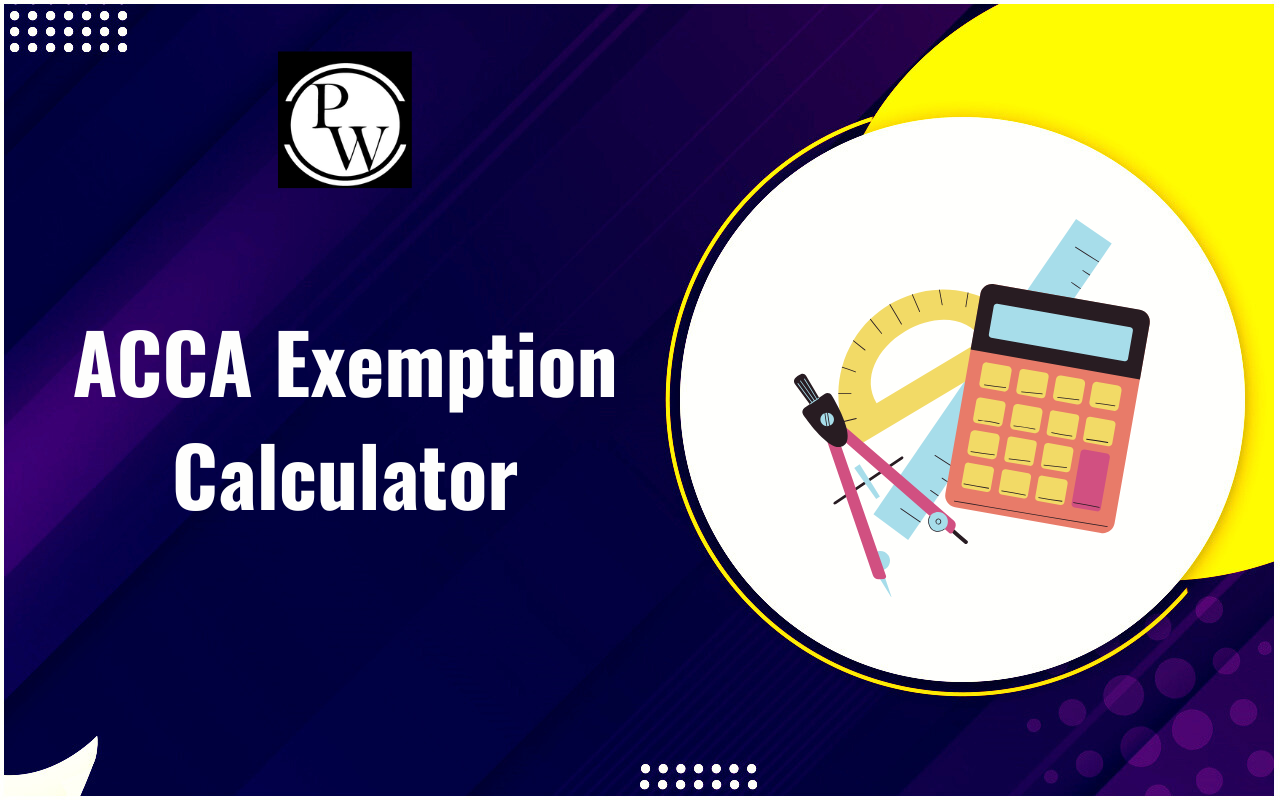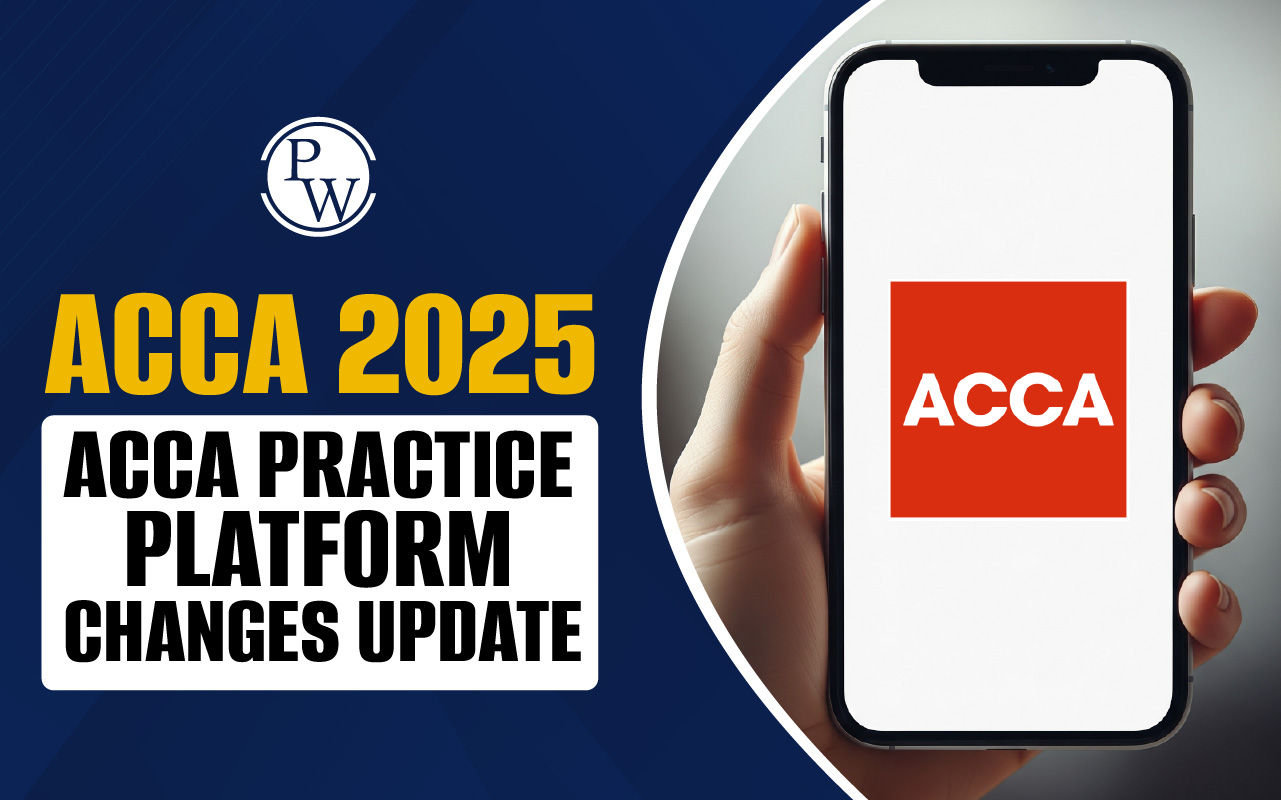
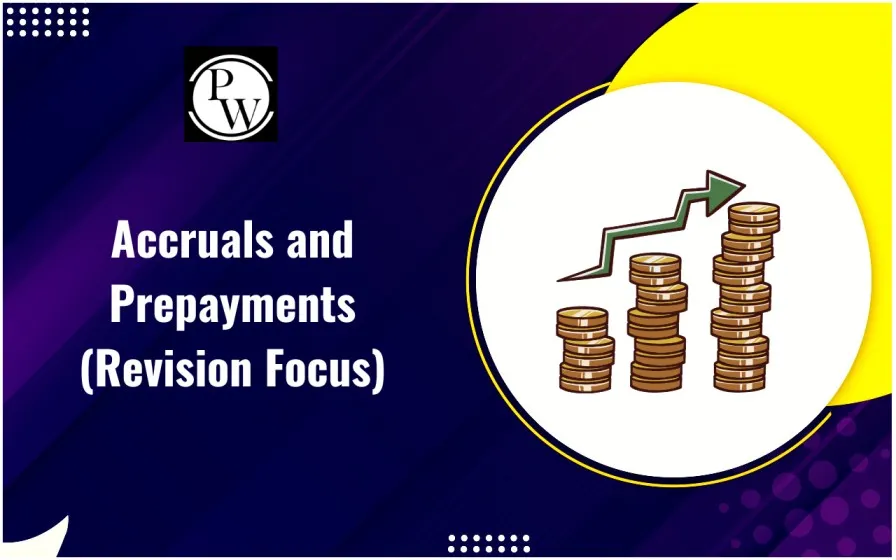
Accruals and Prepayments are very important concepts in accounting. They help us record income and expenses in the right time period. In daily life, money may not come at the same time as when a service is used or when goods are received. This is why understanding accruals and prepayments is important for students preparing for ACCA Financial Accounting (FA/F3).
Below, we will revise the basics of accruals and prepayments in accounting. We will also look at the matching concept, journal entries, balance sheet treatment, common adjustments, and their impact on profit.
What are Accruals and Prepayments in Accounting?
Accruals and prepayments in accounting mean recording transactions when they actually happen, and not when cash is received or given.
- Accruals are transactions where expenses or income are recognized even if money has not yet been paid or received. For example, if electricity is used in September but payment is made in October, the expense belongs to September.
- Prepayments are transactions where money is paid or received in advance, but the benefit will come later. For example, if rent is paid in December for January, it is a prepaid expense.
Matching Concept and Its Role in Accruals and Prepayments
The matching concept is the heart of accrual accounting. It means that income and expenses must match the time period in which they occur.
- Revenue is recorded when it is earned, not when money is received.
- Expenses are recorded when they are incurred, not when money is paid.
Check: IRRECOVERABLE DEBTS AND ALLOWANCE
Accruals and prepayments follow this principle. Journal entries for prepayments and accruals are made so that expenses and income “walk together” in the same period. Without this, the financial statements will not show the true profit or loss of the business.
Types of Accruals and Prepayments
There are four main types of accruals and prepayments in accounting. Below, we’ve explained each type with examples and journal entries:
| Types of Accruals and Prepayments | |||
| Type | Meaning | Example | Journal Entry |
| Accrued Expense (Accrued Liability) | Expense incurred but not yet paid. | Electricity used in September, bill paid in October. | Debit: Expense Credit: Accrued Liability |
| Prepaid Expense | Expense paid in advance for a future benefit. | Rent paid in December for January. | At the time of payment: Debit: Prepaid Expense (Asset) Credit: Cash When expense is incurred: Debit: Expense Credit: Prepaid Expense |
| Accrued Income (Accrued Revenue) | Income earned but not yet received. | Tuition classes given in January, payment received in February. | Debit: Accrued Income (Asset) Credit: Income |
| Prepaid Income (Unearned Income) | Income received in advance for service not yet provided. | The institute receives tuition fees in advance for next year. | At time of receipt:Debit: Cash Credit: Unearned Income (Liability) When income is earned: Debit: Unearned Income Credit: Income |
Journal Entries for Prepayments and Accruals
Journal entries for prepayments and accruals are very important for correct accounting. Students preparing for ACCA exams must practice them again and again.
| Journal Entries for Prepayments and Accruals | ||
| Type | Situation | Journal Entry |
| Accrued Expense | Expense incurred but not yet paid. | Debit: ExpenseCredit: Accrued Liability |
| Prepaid Expense | Expense paid in advance. | At payment:Debit: Prepaid Expense (Asset)Credit: Cash When expense is incurred:Debit: ExpenseCredit: Prepaid Expense |
| Accrued Income | Income earned but not yet received. | Debit: Accrued Income (Asset)Credit: Income |
| Prepaid Income (Unearned Income) | Income received in advance. | At receipt:Debit: CashCredit: Unearned Income (Liability) When income is earned:Debit: Unearned IncomeCredit: Income |
Accruals and Prepayments in the Balance Sheet
Accruals and prepayments in the balance sheet must be shown correctly. They affect assets and liabilities.
| Accruals and Prepayments in the Balance Sheet | ||
| Type | Balance Sheet Treatment | Explanation |
| Accrued Expense | Liability | Shows the money the company has to pay in the future for expenses already incurred. |
| Prepaid Expense | Asset | Shows the benefit the company will get later because the payment was made in advance. |
| Accrued Income | Asset | Shows money that is due but not yet received for income already earned. |
| Prepaid Income (Unearned Income) | Liability | Shows service or goods that the company must provide later because income was received in advance. |
Common Adjustments and How to Solve Them
Students often get confused when solving questions on accruals and prepayments in accounting. The key is to focus on the year to which the expense or income belongs.
| Common Adjustments for Accruals and Prepayments | ||
| Situation | Adjustment | Accounting Treatment |
| Rent paid in advance for next year | Remove from the current year’s expense | Show as Prepaid Expense (Asset) |
| Salaries outstanding for the current year | Add to the current year’s expense | Show as Accrued Liability |
| Income received in advance | Remove from the current year’s income | Show as Unearned Income (Liability) |
| Income earned but not yet received | Add to the current year’s income | Show as Accrued Income (Asset) |
Impact of Accruals and Prepayments on Profit
Accruals and prepayments affect the calculation of profit. This is why they are so important.
| Impact of Accruals and Prepayments on Profit | ||
| Type | Effect on Profit | Explanation |
| Accrued Expense | Reduces Profit | Expense is recognized even though cash is not yet paid, increasing total expenses. |
| Prepaid Expense | Increases Profit | Expense is deferred to future periods, reducing the current year’s expenses. |
| Accrued Income | Increases Profit | Income is recognized even though cash is not yet received, increasing total income. |
| Prepaid Income (Unearned Income) | Reduces Profit | Income is deferred to future periods, reducing the current year’s income. |
Accruals and prepayments are simple once we understand their logic. They ensure that income and expenses are recorded in the right period. Journal entries for prepayments and accruals must be learned well because they link the matching concept with financial statements.
Accruals and prepayments in the balance sheet make sure assets and liabilities are shown correctly. They also explain how profit is affected by deferred or outstanding amounts. With regular practice, students can handle any exam question on accruals and prepayments in accounting.
To revise effectively, always remember:
- Focus on the year the transaction belongs to.
- Apply the matching concept.
- Record journal entries correctly.
- Place items in the right section of the balance sheet.
By doing this, students will gain confidence in solving adjustments and understanding the impact on profit.
Accruals and Prepayments FAQs
What are accruals and prepayments?
What is the matching concept?
What are the types of accruals and prepayments?
How are journal entries recorded?

